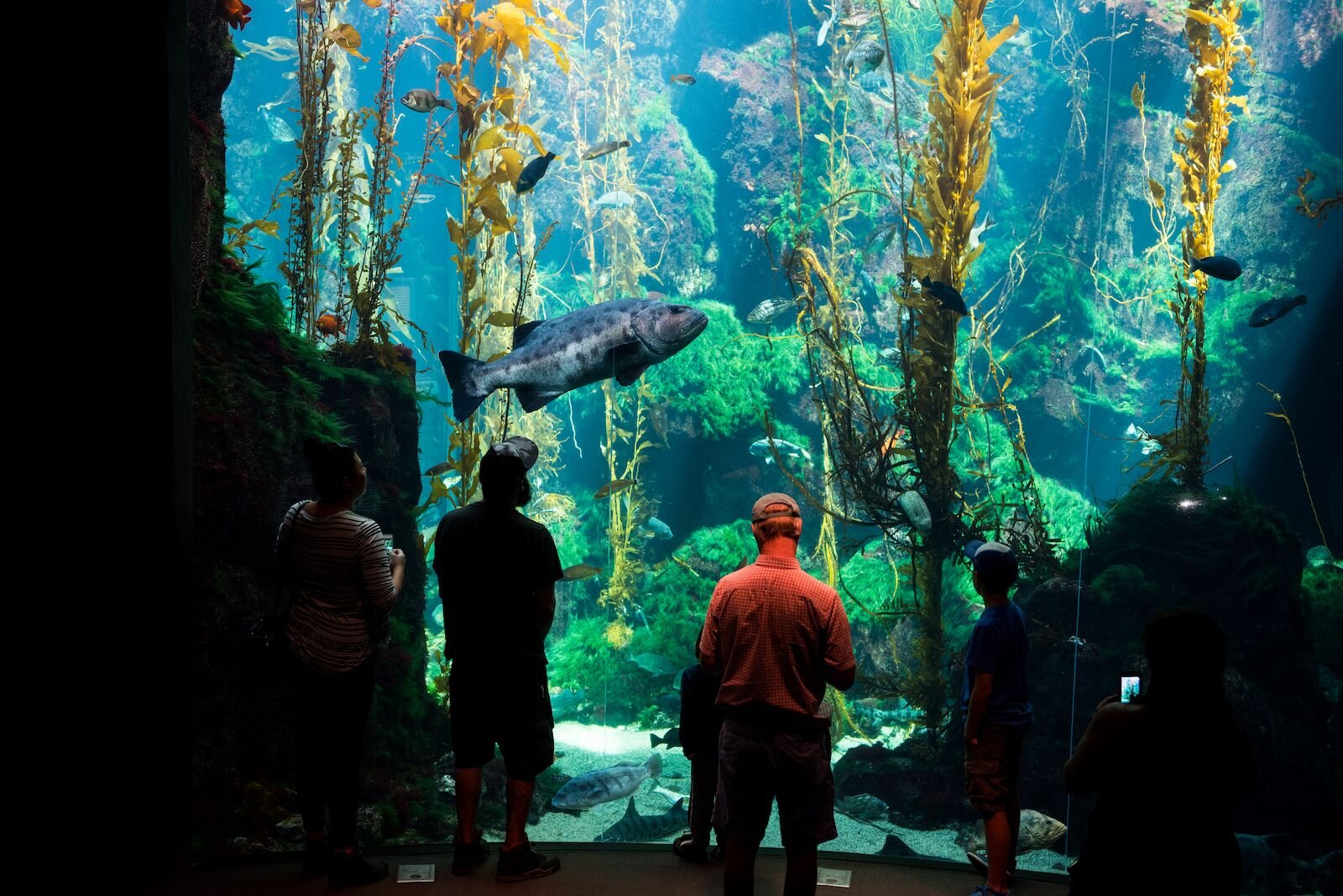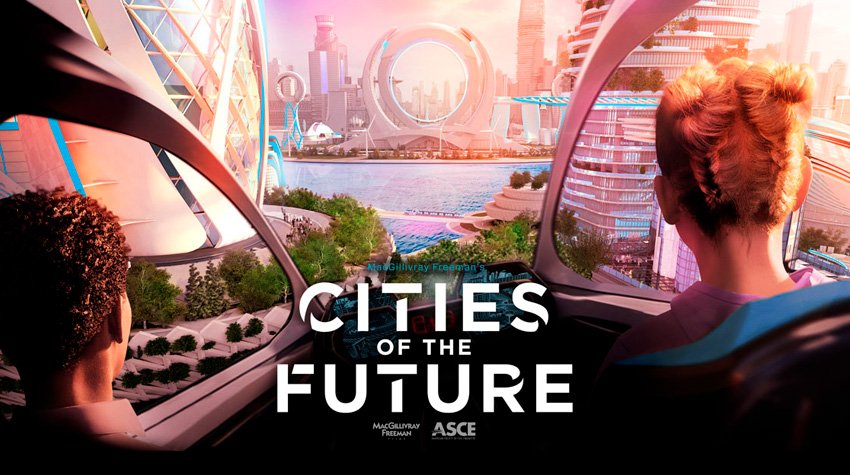California Science Center Field Trip
A wonderful tradition at The Science Academy is our beginning-of-the-year middle school field trip sponsored by the SciFI parents, where 6th, 7th and 8th graders get to explore the California Science Center, see a science-themed IMAX movie, and create fun memories with their classmates. This report is by 7th grader Julien Pirone, with input from other students.
On Thursday, September 12th, The Science Academy STEM Magnet middle school students embarked on a field trip to the California Science Center in Exposition Park near the University of Southern California. Many parents came on the field trip to help chaperone the students in each of the groups. Students were transported to the Science Center on buses for an approximate 40 minute travel time.
Upon arrival, groups of students explored the Science Center’s many interactive exhibits, including The World of Life, Ecosystems, The Science of Fear, and Air and Space. Here are some of the students’ favorites:
“My favorite exhibit was the Kelp Forest and an outdoor area where you could see more ocean exhibits. At the entrance, there were several small aquariums filled with different sea animals. They had crabs, sea anemones, shrimp, and other creatures. There was a tunnel through the middle of the aquarium so you could see the fish, eels, and sharks all around you. After you passed through the tunnel, you were met with a huge glass panel from floor to ceiling showing almost the entire aquarium, which was very big and colorful. On the other side, there were small tanks filled with jellyfish, a huge lobster, and other sea creatures. Outside in the Coastal Zone, there was an open area where you could look down into the top of the aquarium. It included a wave simulator as well as touch pools where you stood in line and then got to touch sea urchins and sea stars.”
“One of my favorite parts of the trip were the Ecosystems exhibits that simulated various natural environments. For example, we went into a room that represented the desert. It had animals from the desert in an environment that mimicked those hot and dry surroundings, including heat lamps, cactus and sand. Also there was an area with large rocks that would sometimes flood with water, showing the simulation of rain in the desert that can cause a flash flood. There was another exhibit outside that represented an ocean biome. It had a game where you had to catch flying ping pong balls with only one hand restricted in a net, representing a sea urchin trying to catch food in the ocean.”
“One of the exhibits that I really enjoyed was called ‘Goose Bumps! The Science of Fear.’ There were four rooms within the exhibit and each one was dedicated to facing a particular fear. They all had specific features that allowed visitors to understand and overcome the things of which they were afraid. The rooms addressed fear of animals, electric shock, loud noises, and falling. The first area provided several glass boxes with animals and their descriptions. We were able to put our hands in little holes below the boxes to feel the texture of the animals. I was personally very hesitant and a little frightened to do this. The next room was about fear of electric shock. It allowed us to feel electric shock through our fingers, which was a very interesting sensation. The third room allowed us to record ourselves while listening to sudden loud noises. It was scary for people who were not expecting it. The last, and possibly my favorite, room provided us with a way to face our fear of falling. We were strapped to a mechanism that fell back onto a soft surface. The line for this attraction was very long due to how appealing it was. I did scream and was a bit scared beforehand. I was also able to watch my reaction at the end, which was fun. ”
Images by members of the Photography Club



















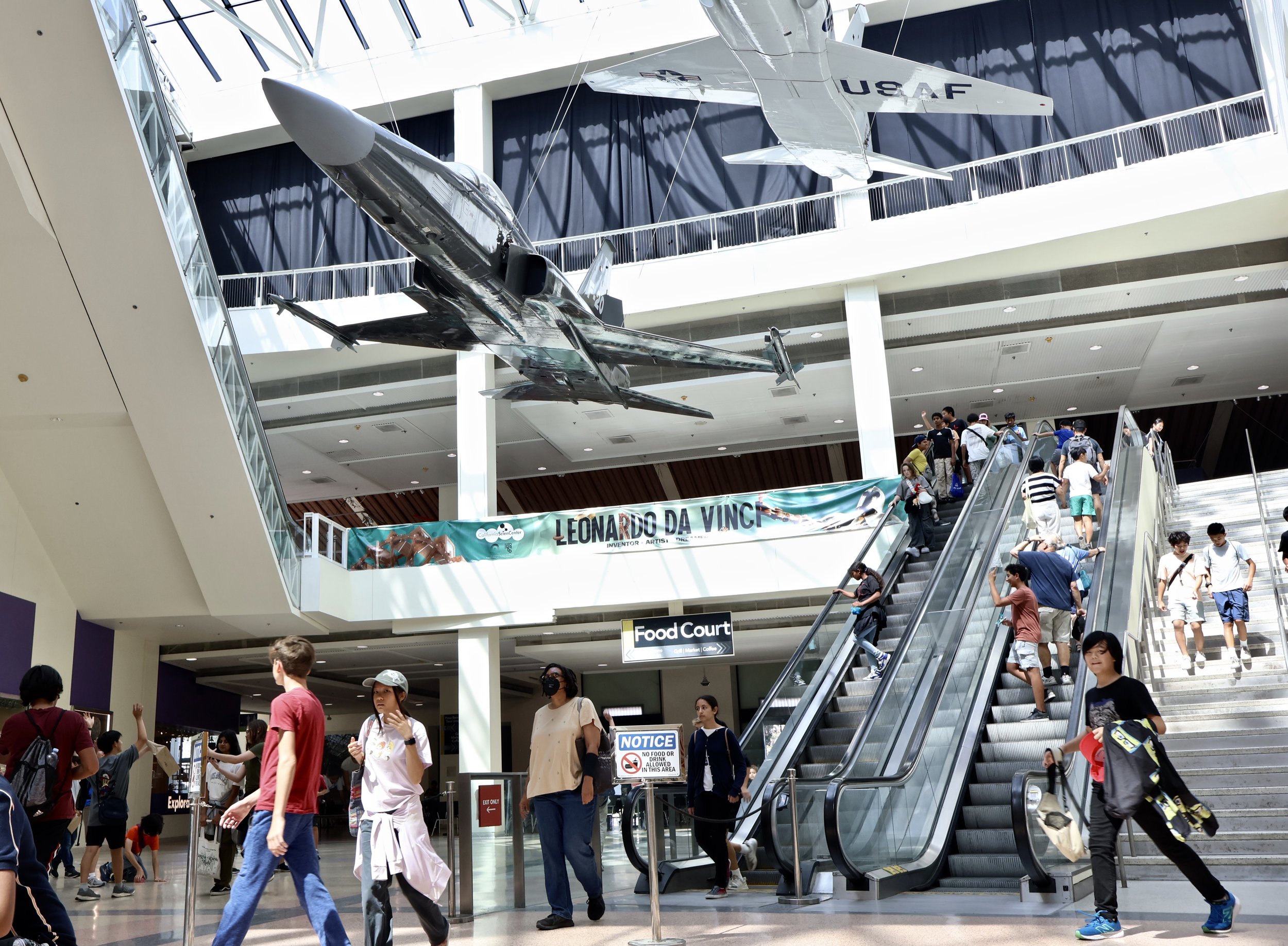
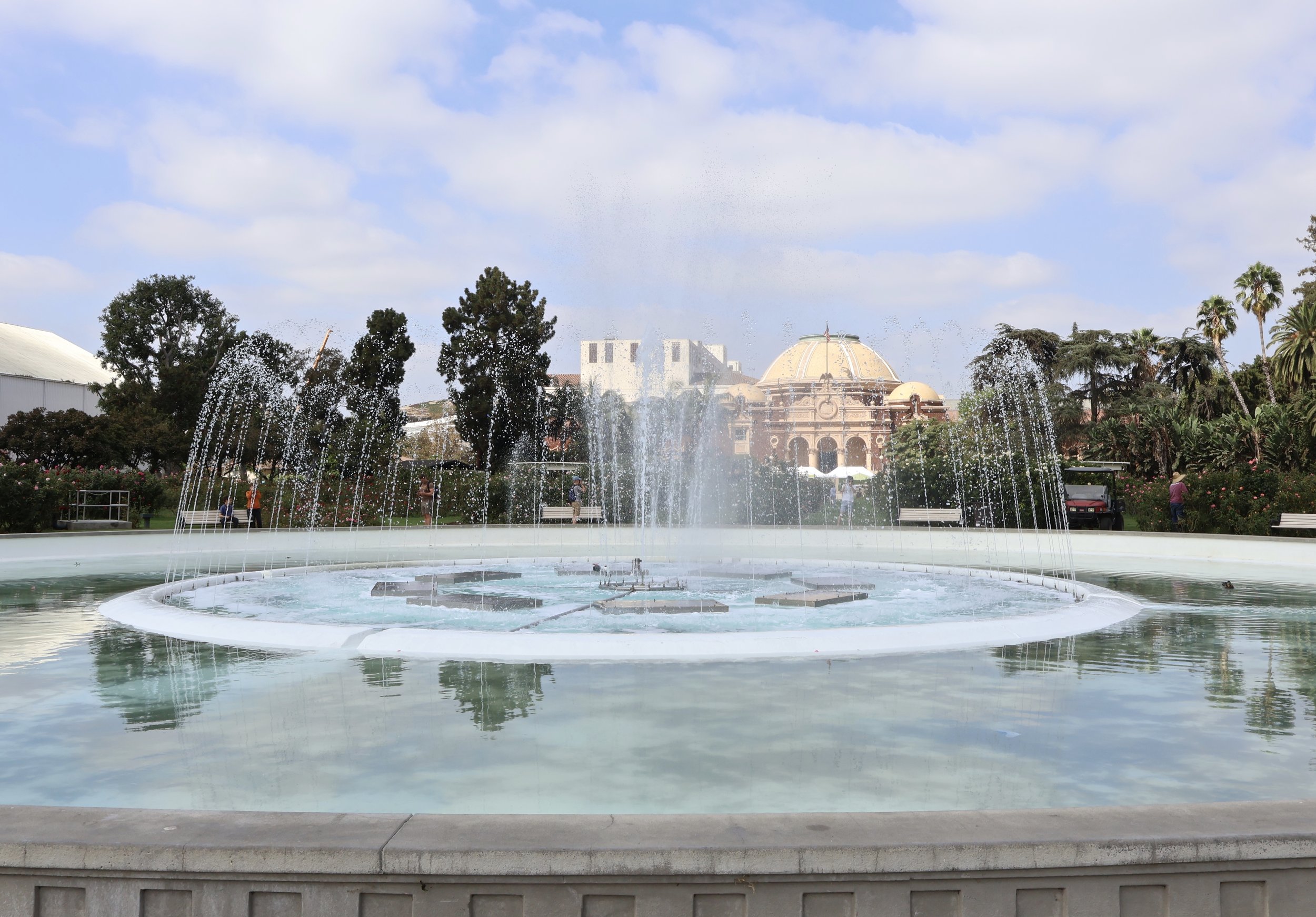
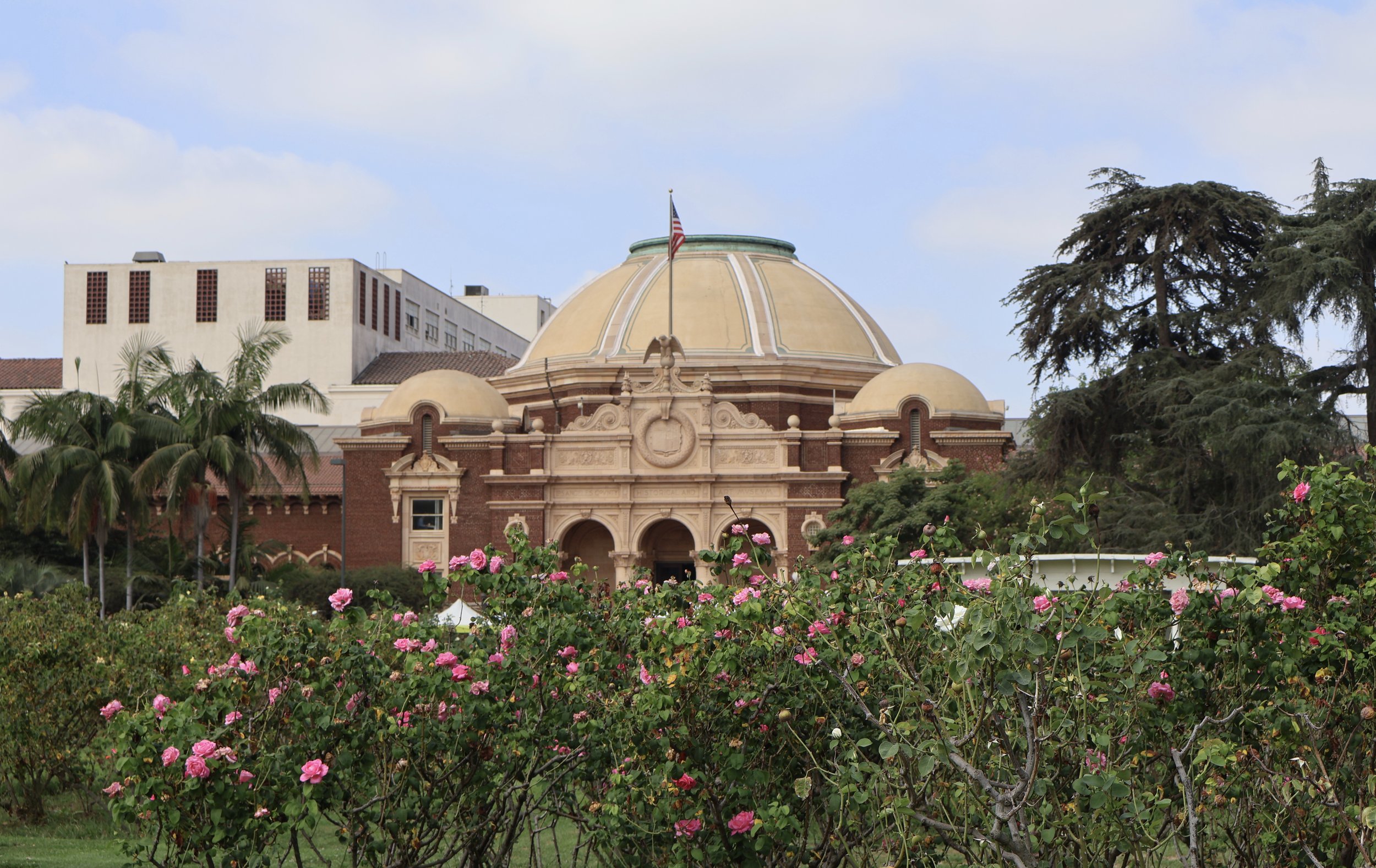




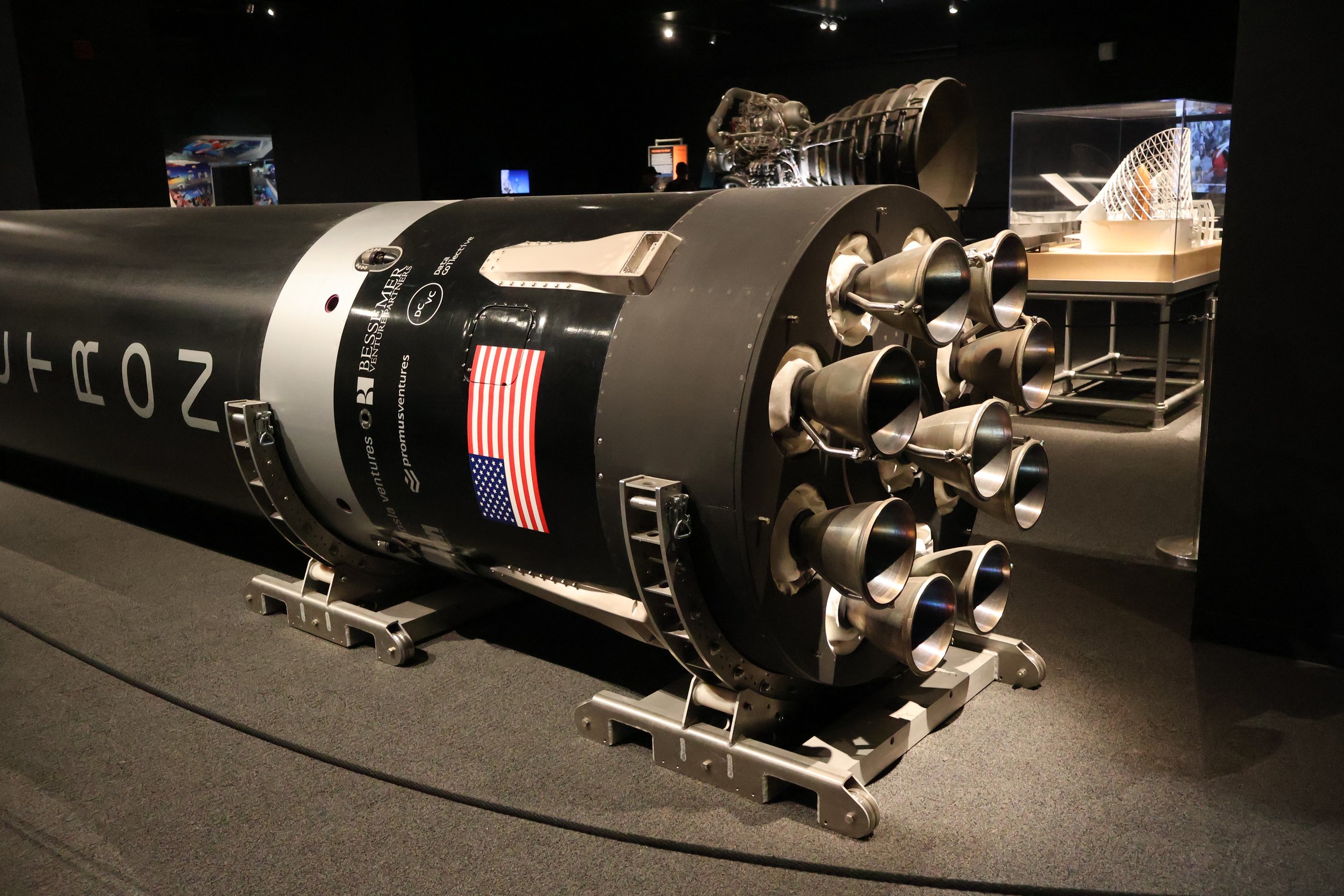



After about 50 minutes of exploring the exhibits, it was time for the groups to head down to have lunch. Students either brought their own lunch, consumed lunch provided by the school, or bought lunch from the variety of restaurants in the food court. After lunch, the students were escorted by teachers and parents to the IMAX movie.
The IMAX movie that was shown was a brand-new film called Cities of the Future. It was about different city designs in countries all around the world and how they are adapting to climate and energy challenges. The first city shown was Singapore and featured what the country has done to reduce heat from its many new buildings and skyscrapers. They displayed buildings covered with small mirrors to reflect sunlight and ones where the plants grew around the building to cool them and provide oxygen. Another building had thousands of sensors throughout it. These sensors were used to detect where people were located and would turn the lights, air conditioning, or heating on and off as needed. Another country featured was the Netherlands, which has been dealing rising sea level as well as transitioning away from cars and relying more on bicycles and canal boats for transportation. They then showed a 3D rendering of what a future city could look like. It would have three main transportation layers, the first being up in the sky where air taxis would travel and could be used very much like ride sharing apps such as Uber are today. The second layer would be elevated above ground and is where more traditional public transportation would travel. The last layer would be at ground level and function much like streets function in big cities today. There would be delivery vehicles and a few cars, as well as shops, restaurants, and homes. They shared examples of these things already happening now, including the world’s first air taxi in New York. Finally, we learned about the Future Cities competition, featuring projects created by students aged 12-14. This STEM project is a yearly event where middle school students create models of future cities that solve a given problem. In conclusion, the movie shared concepts for cities of the future and how people are already starting to implement these ideas into their cities today.
Student Comments
“I enjoyed the field trip: there were multiple engaging and interesting exhibitions, especially the flight simulation!”
“I really enjoyed the IMAX movie about young engineers and their inventions. The film showed how kids can come up with creative solutions to real-world problems. It was pretty inspiring, especially since it featured people our age who have done some amazing stuff. The visuals were really eye-catching, which made it easier to understand. While watching, I found myself thinking about what kind of ideas I might have. On the way back, we talked about what we liked from both the movie and the exhibits. The day overall gave us a better understanding of science and made us excited about the possibilities out there.”
“It was better than last year because my group got to play tag in the Rose Garden, the Fear exhibit was fun, and the IMAX movie was interesting because the places were pretty cool.”
“The IMAX movie showed how we can learn from other countries and find a way to shape our future. We were shown different countries such as Singapore and the Netherlands and how they deal with their conditions in the environment, such as rising heat and sea level. The movie also represented a simulation of what our future may look like with continuously improving technology. My personal favorite was when they showed how the ROboat, a self-driving boat, makes its way through the canals by using sensors to navigate. This helped us learn about other countries and what they are doing to adapt to their surroundings and help us get an idea of what we might do to reshape our lifestyle.”
“It was very fun and interesting to learn about different things in our world.”
“The field trip was a blast! I really enjoyed Cities of the Future in 3D. This movie was about how we can make buildings and infrastructure to help us meet the challenges of our ever-evolving world. It talks about how renewable energy can be our primary source of power and how solar panels should be everywhere, even in space. We learned about some contests that kids compete in to make the best city design for the environment. I felt like it was very inspiring to see many possible versions of how Los Angeles might look in 2050!”
“Our final field trip to the California Science Center was a good one. Not only was my group all girls who I got along well with, but my good friends were all in it. We went to most of the exhibits, first going to the Rot Room. This choice was due to our group having someone who hadn’t been to the center before. One of my favorite places we went to was the Polar Room, where we tried to keep our bare hands on the ice wall for the longest time. I also caught a video of the flood in the Desert Room, which I missed last year. Overall, I’m really glad I had such a good group and got to have such a fun time!”
Learn more about the film here: https://citiesofthefuturefilm.com/
If you want more information about the Future Cities competition featured in the film, click here: https://futurecity.org/


